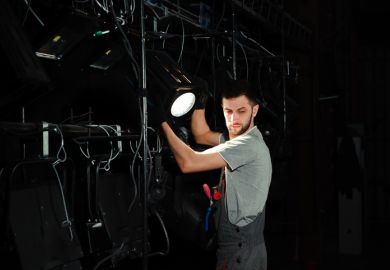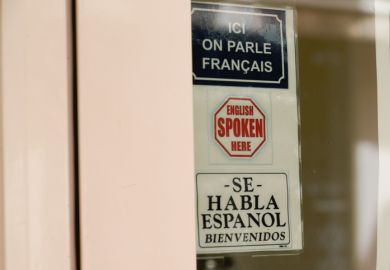Source: University of Cambridge
Fascination of the abomination: scholars note sneaking admiration for ‘cunning’ wrongdoers in popular literature
Glamorous highwaymen, a murderous scissors-wielding tailor, a woman who took revenge on her abusive parents by frying their hearts, not to mention souvenirs of a day out at the scaffold, are all on display at a major exhibition in the Cambridge University Library.
Read All About It! Wrongdoing in Spain and England in the Long Nineteenth Century, which runs until 23 December, draws on the library’s collection of broadsides, “penny dreadfuls” and cheap, mass-produced ephemera from the era.
“This is the literature that was sold in the streets,” said co-curator Alison Sinclair, professor of modern Spanish literature and intellectual history at the University of Cambridge. “It took people into a world populated by bandits, sordid criminals and terrible women … the stories tell us not just about day-to-day life…but also about the fantasies people had to distract them from that life.”
Professor Sinclair is carrying out a broader three-year research project, funded by the Arts and Humanities Research Council, titled Wrongdoing in Spain, 1800-1936: Realities, Representations, Reactions. She has joined forces with Vanessa Lacey, under-librarian at Cambridge University Library, who has selected English material such as posters of the roads to Heaven and Hell, where the latter is seen as fit punishment for terrible crimes such as taking the train on a Sunday.
“The things which tend to grab you”, she said, “are those which make you realise just how different - or how similar - the Victorians were. We still try to stop children from playing with fire, but they relied on shock effects such as stories of dis-obedient children burning to death.”
A section in the exhibition exploring how children were taught right and wrong is followed by one on fathers trying to control their rebellious daughters, and eventually looks at the criminals who ended up on the gallows in front of vast crowds.
Since Spain’s literacy levels were far lower, the Spanish publications often take the form of large illustrated sheets known as aleluyas. There are other differences, too.
“Knives, guns and swords are typical murder weapons in the Spanish sources,” noted Professor Sinclair, “whereas the English images show someone just picking up a chair leg or whatever lay to hand in their domestic setting.”
Certain themes recur. Ms Lacey pointed to “a fascination with women who seemed attached to their children and then went on to murder someone else - which people found baffling”. She also noted a sneaking admiration for “the cunning used to outwit the authorities” found in stories of highwaymen, or the ingenious burglar who carried out his crimes every Thursday and Saturday night for two years before he was caught.
Much of the library’s collection of Spanish ephemera, added Professor Sinclair, takes the form of “very fragile, grubby little bits of paper”. As part of her research project, 4,500 items from Cambridge and the British Library are being conserved, digitised and catalogued. Optical character recognition will allow scholars to easily search and analyse this treasure trove of social history.
Register to continue
Why register?
- Registration is free and only takes a moment
- Once registered, you can read 3 articles a month
- Sign up for our newsletter
Subscribe
Or subscribe for unlimited access to:
- Unlimited access to news, views, insights & reviews
- Digital editions
- Digital access to THE’s university and college rankings analysis
Already registered or a current subscriber?




